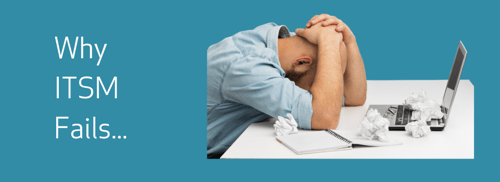“Gamification is key to an organisation’s ability to grow and prosper.”
Neil Penny, Product Director at Sunrise Software
Originally published on Life Insurance International
Achieving a consistently motivated, engaged workforce is one the most important factors in an organisation’s ability to grow and prosper. Motivation and morale have an enormous impact on an individual’s productivity, with some research estimating the difference between those that are motivated or engaged, and those that are not, could be as high as 90 per cent.
From in-office slides to company naptimes, businesses are constantly experimenting with new ways to get their workforce motivated, engaged and happy. One of the newest trends is gamification – literally combining different aspects of the working day with techniques normally found within gaming activities, complete with levels and awards.
We found that around 40 per cent of adults now play social games in their free time, and gamification taps into this trend to bring a new way to motivate staff. Gamification suites can be configured to allow rewards such as badges and experience points to be awarded to users that complete specific training scenarios and build skills.
More developed employees can complete “quests”, where knowledge of multiple products and the attainment of many skills is required. This allows users to show off their achievements among their peers, with the results also feeding into tangible rewards in annual appraisals and career advancement.
Making gamification work
The life insurance industry is particularly well suited to the gamification approach, and there are a number of different roles and operations that can benefit. Sales forces are perhaps the most obvious example, due to the fact that teams tend to be younger and more familiar with gaming culture, as well as it being a very competitive and goal-orientated environment.
However, gamification can also work well for less dynamic activities, bringing an element of fun to more tedious administrative tasks and making them more appealing. Levelling up and earning badges can be applied to almost any kind of knowledge building or skill development task, with achievements helping to break the process up and lend a visible sense of progress.
In our gamification research, 86 per cent of respondents said that gamification had benefited the organisation, with results including improved productivity and increased value to customers. 43 per cent also reported an increase in customer satisfaction since introducing gamification.
Although gamification has great potential for boosting motivation and productivity, it needs to be introduced correctly for benefits to be realised. A poorly handled implementation can easily see staff ignoring the system, or worse, becoming offended by it having the opposite of the desired effect and ultimately demotivating staff. The below three steps should help with successful implementation.
1. Gain buy-in
Don’t assume everyone understands the concept of gamification – while the increased popularity of social games has made the framing more recognisable, many won’t be familiar with gaming experiences at all. Likewise, recognise that not all players are the same – challenges and rewards need to reflect differences in roles and functions.
Gamification should also be positioned as a motivational reward and recognition system, rather than just another fad. Crucial to this is showing the players what’s in it for them – linking rewards to something tangible like cake and coffee, or even monetary gain, will grab their attention. Whatever the rewards, don’t make promises you can’t keep – that’s a sure-fire way to demotivate the team.
2. Start simple
It’s important to wait until everyone is familiar with gamification before introducing more complex, longer-term goals and rewards. Start with simple challenges and rewards that encourage healthy competition between players such as ‘highest weekly customer satisfaction rating’. Decision criteria for determining winners should be based on measurable statisticssuch as being ‘rated five out of five by a customer’. Alongside this, keeping reward criteria clear and concise will prevent staff from taking advantage and cheating the system – and the company.
Offering first-time rewards for new players will keep them motivated and encourage them to join in, while tiered rewards that grow with the user will encourage them to continually do better. Regardless of the gaming scenario, it should always be aligned to the business objectives to keep them real and meaningful – after all, gamification is all about supporting the business.
3. Monitor and Iterate
Finally, it isn’t enough to simply set up gamification and then abandon it – it should be continually reviewed for effectiveness. Is everyone participating? Are there enough rewards and challenges to keep players interested in the long term? Have there been any issues around fairness or cheating? These and other questions should be asked continually.
Staff feedback is an important part of this process – more often than not, they will know what works and what does not, and come up with fresh ideas to improve the experience. This is an evolving process after all, constantly tweaking and rolling out new challenges and rewards will keep up momentum.
Game on
Following these steps will enable organisations to launch a successful gamification system that has a positive impact for staff and the business as a whole, rather than half-heatedly bringing in yet another passing management technique that falls by the wayside. With the right framing and rewards, gamification can boost motivation and engagement, leading to improvements in everything from customer satisfaction to efficiency and productivity.




.png)
